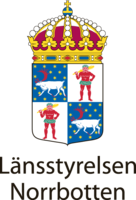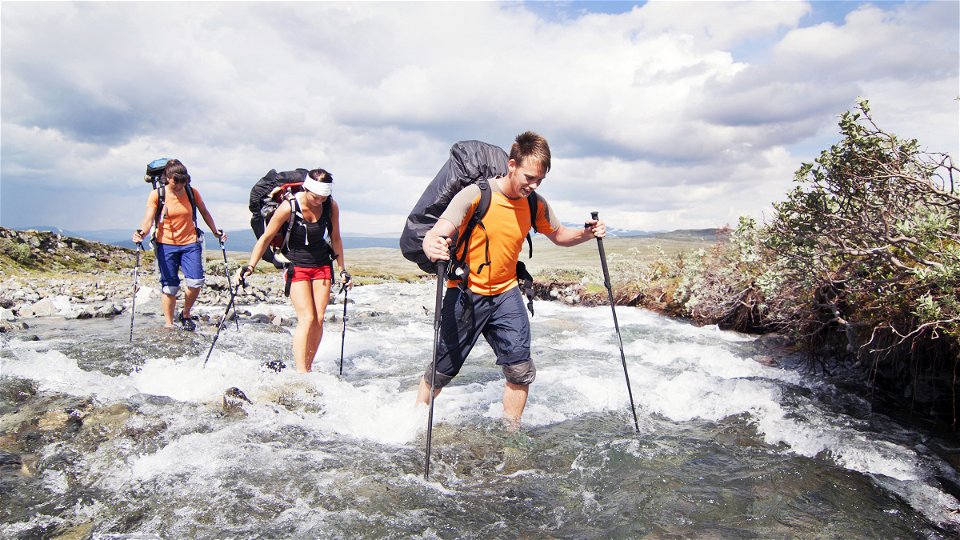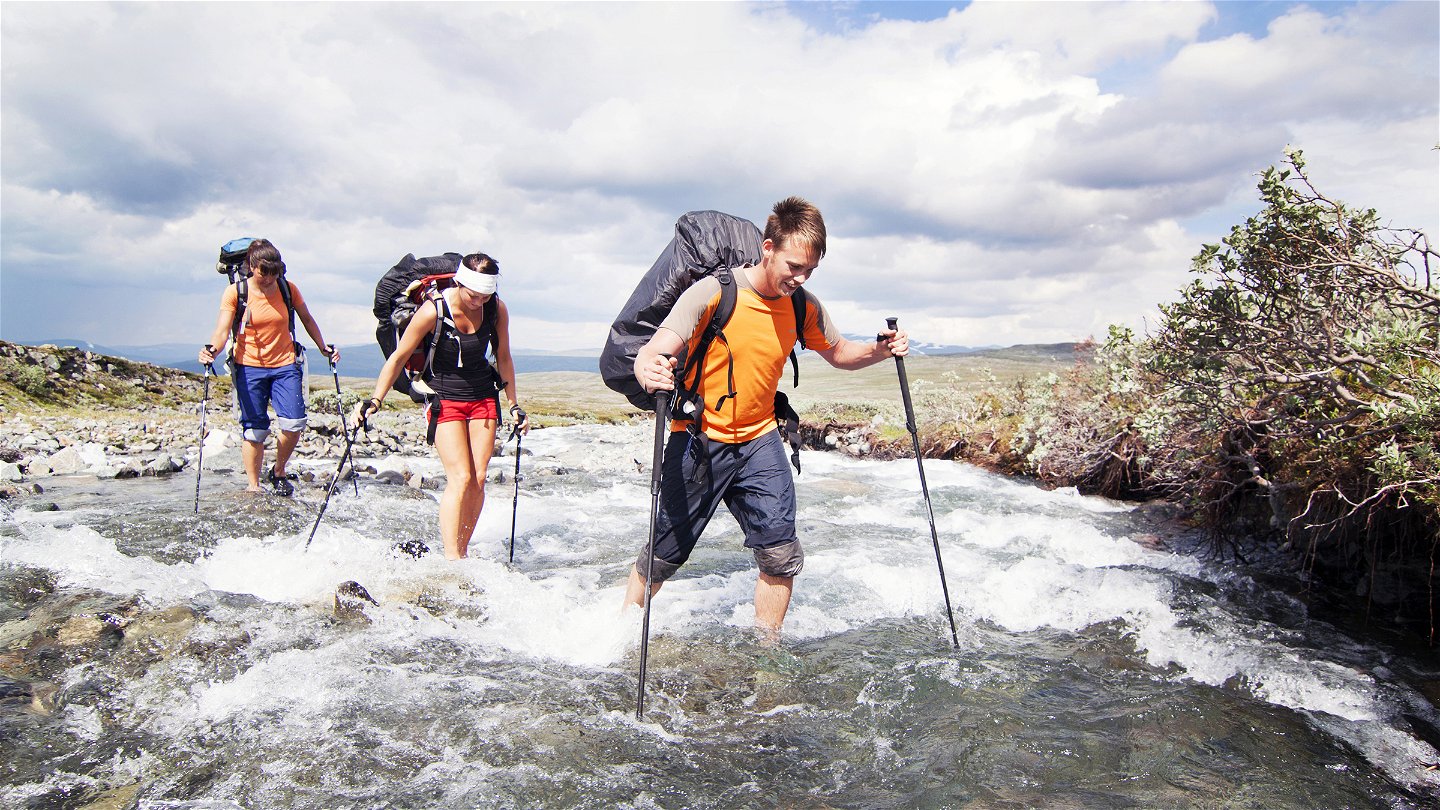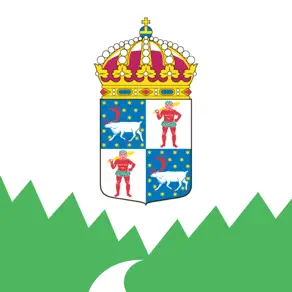Tips for the tour
Images
We have assembled some tips that make your mountain tour safer and more enjoyable.
Choose the right equipment Choose lightweight clothes that protect against the wind and wet, and which breathe when you get warmer. You need to be able to wear several layers of clothing to allow adapting to wind and weather. Good equipment need not be expensive, and a wisely packed backpack should not be too heavy. Below we have collected links to suggestions for packing lists.
Prevent and treat blisters Use well broken-in shoes and clean, dry socks without holes. Avoid having cotton nearest your skin. It is good to cover heels, anklebones and other vulnerable places with Leukoplast or similar. Pamper your feet during the hike. Air them, your shoes and your socks often, and let them dry. If you get a blister despite everything, it is best not to puncture it. Instead, cover it with a skin-friendly, adhesive pad.
Food and fluids During a mountain tour the body needs more energy than usual to keep you going. Eat well before the tour, take full food breaks during the hike and have spare provisions with you. If you eat poorly it is bad for your energy as well as your judgment and mood. You also feel cold more easily. It is important to drink enough, otherwise you can get tired and develop a headache. The water in the mountains is OK to drink if it is flowing and clear, and it smells and tastes good.
Take a map and compass We recommend you to always have a map and compass with you. Even if you stay on the marked trails it can be good to trace your route on the map. Make sure you have a map that is up to date, preferably on damp-proof paper. It takes know-how to use a map and compass so be sure to learn how they work, and train often. There are instructions on the Mountain Safety Council website.
Use a GPS satnav or mobile apps that access the mountain map as a complement to the ordinary map and magnetic compass, but remember that batteries drain fast. Using a GPS requires training.
Adapt the mountain tour to the weather The weather can change fast in the mountains. Even in summer, snow and hard winds can occur. Keep track of local and latest weather forecasts via the radio or the website smhi.se. Weather updates are also offered as mobile phone apps. The local weather forecast is often posted on a noticeboard in mountain facilities. The cabin wardens in the mountains often have the latest forecast. The weather sets a limit on what can be done that day.
How fast can you walk? The terrain, fitness, weight of your packs and weather conditions affect your speed. A basic rule is that you hike 2–3 kilometres an hour with a normal load in broken terrain. It takes longer if significant climbing is involved.
Wading On the marked trails there are often bridges across the big watercourses. If you leave the trails it sometimes becomes necessary to wade. Wading always entails a risk. Be cautious and take no chances!
- Search for a wading place where the watercourse is broad and shallow. The current is weakest there.
- Wait for low water if possible. The water level is often lowest in the early hours.
- Do not wade if the water is moving fast and reaches above your knees.
- Wade slightly upstream.
- Never wade barefoot. Wear for example a pair of lightweight trainers or sandals.
- Keep the waist belt and chest strap of your backpack unfastened. If you fall in the water you must be able to quickly take off the backpack.
- A wading staff is a good support.
- Wade one at a time. Do not walk close behind others so that it becomes congested and you need to stop and wait in the water.
Tips on packing lists (only in Swedish) The Mountain Safety Council The Swedish Outdoor Association STF
Contact
Email address
Länsstyrelsen Norrbotten
Organization logotype




